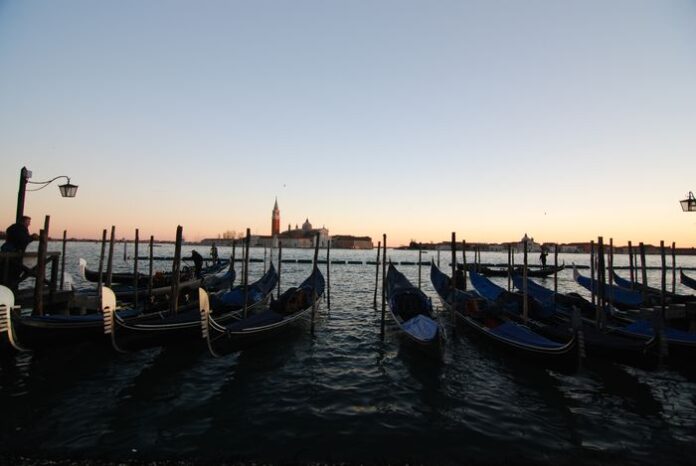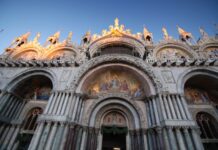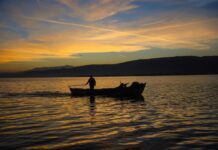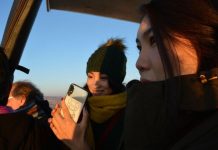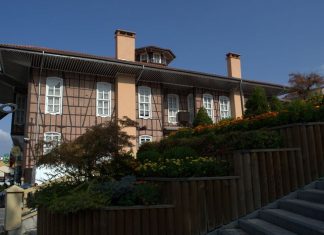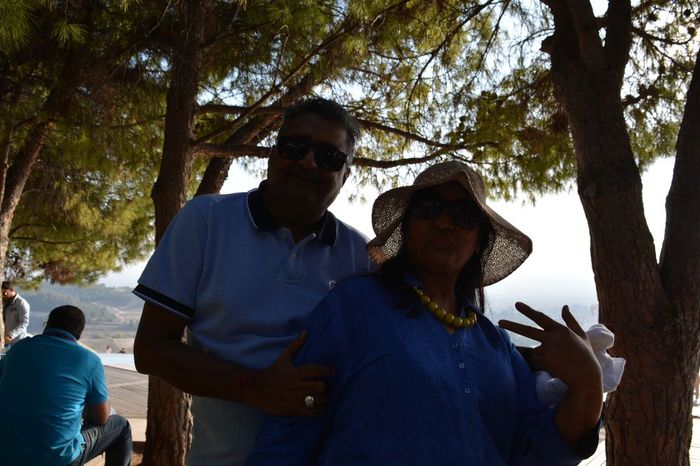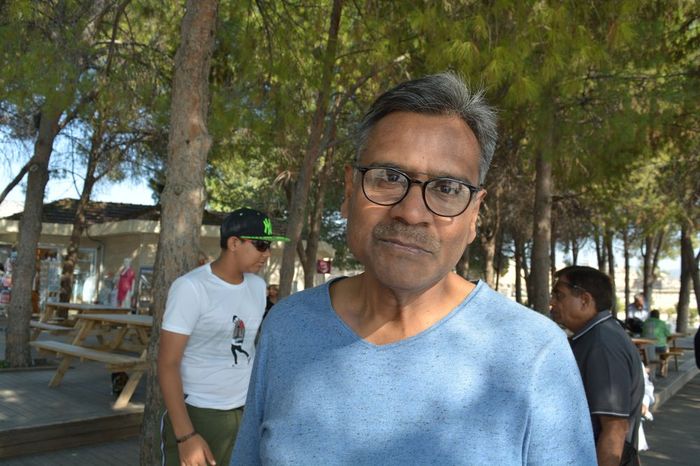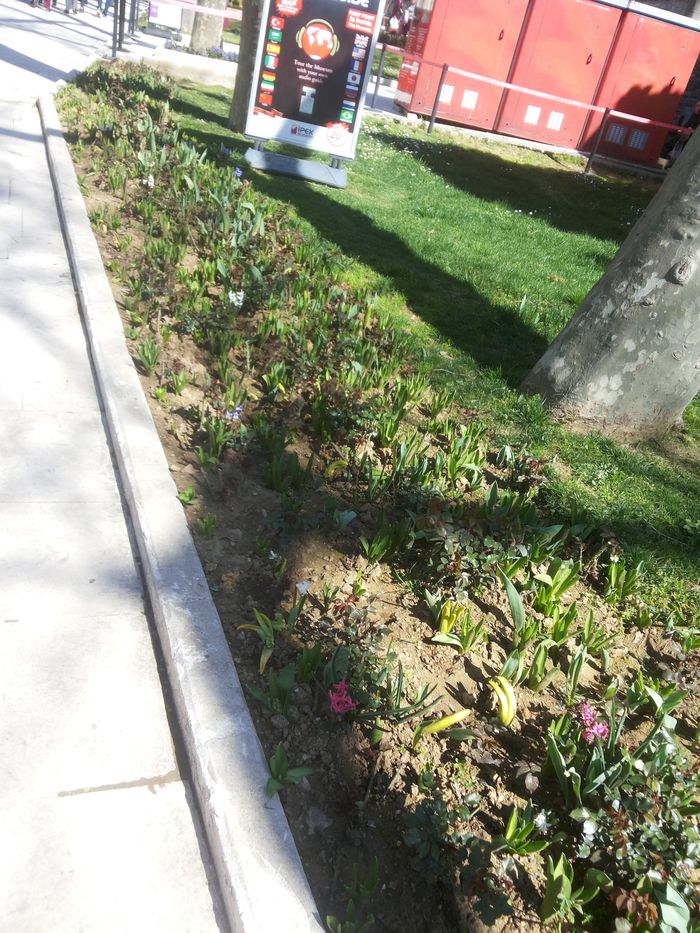In the residential areas of Sofia, each homeowner is supposed to build and maintain the sidewalk in front of their property. However, many people ignore this responsibility, which leads to uneven and unfinished sidewalks in different parts of the city.
Government Buildings and Their Use
During the reign of Prince Alexander, several large and impressive buildings were constructed for government use. Most of these were built in the French architectural style. One interesting structure was a Protestant church, built because the prince was a Lutheran. However, after he left power, Prince Ferdinand converted that church into a riding school Traditional Clothing in Sofia.
Sofia also has a number of other important public buildings, such as:
Military barracks, Public schools, A technical school, The state printing office
These buildings are well-constructed and respectable, but unfortunately they are spread out across the city, separated by unfinished lots and empty spaces, which reduces their visual impact. Many Turkish mosques from the time of Ottoman rule have been turned into non-religious buildings, such as prisons, markets, warehouses, and military storage facilities (arsenals). The largest mosque, located near the palace in the center of Sofia, has recently been converted into the National Museum.
Modernization of the City
Although Sofia still shows signs of its past, especially in the older areas, modern ideas and improvements are spreading fast. In the new parts of the city, nothing remains to remind people of Turkish rule. Most citizens now wear modern European clothes, and traditional Bulgarian costumes are only seen at the morning markets, where country people come to sell vegetables, fruits, and dairy products.
Hotels and Social Life
Sofia has two modern hotels with comfortable rooms and good food. There is also a city club that would be impressive even in larger European capitals. These are just a few examples of how the city is becoming more modern, much like Austria or Germany.
Electricity and Public Transportation
Many parts of Sofia—including streets, hotels, public buildings, and private homes—are now lit by electricity. The city also has a modern electric streetcar system, which is run by a Belgian company. Streetcars travel in all directions across the city Ephesus Walking Tour.
The fare is:
Three cents for first-class, Two cents for second-class, The streetcars are divided by a partition. The only real difference is in the seating:
First-class passengers sit on soft red-plush cushions, Second-class passengers sit on plain wooden benches
At the end of each route, the conductor moves the cushions to the opposite side of the car, switching the seating between classes.
